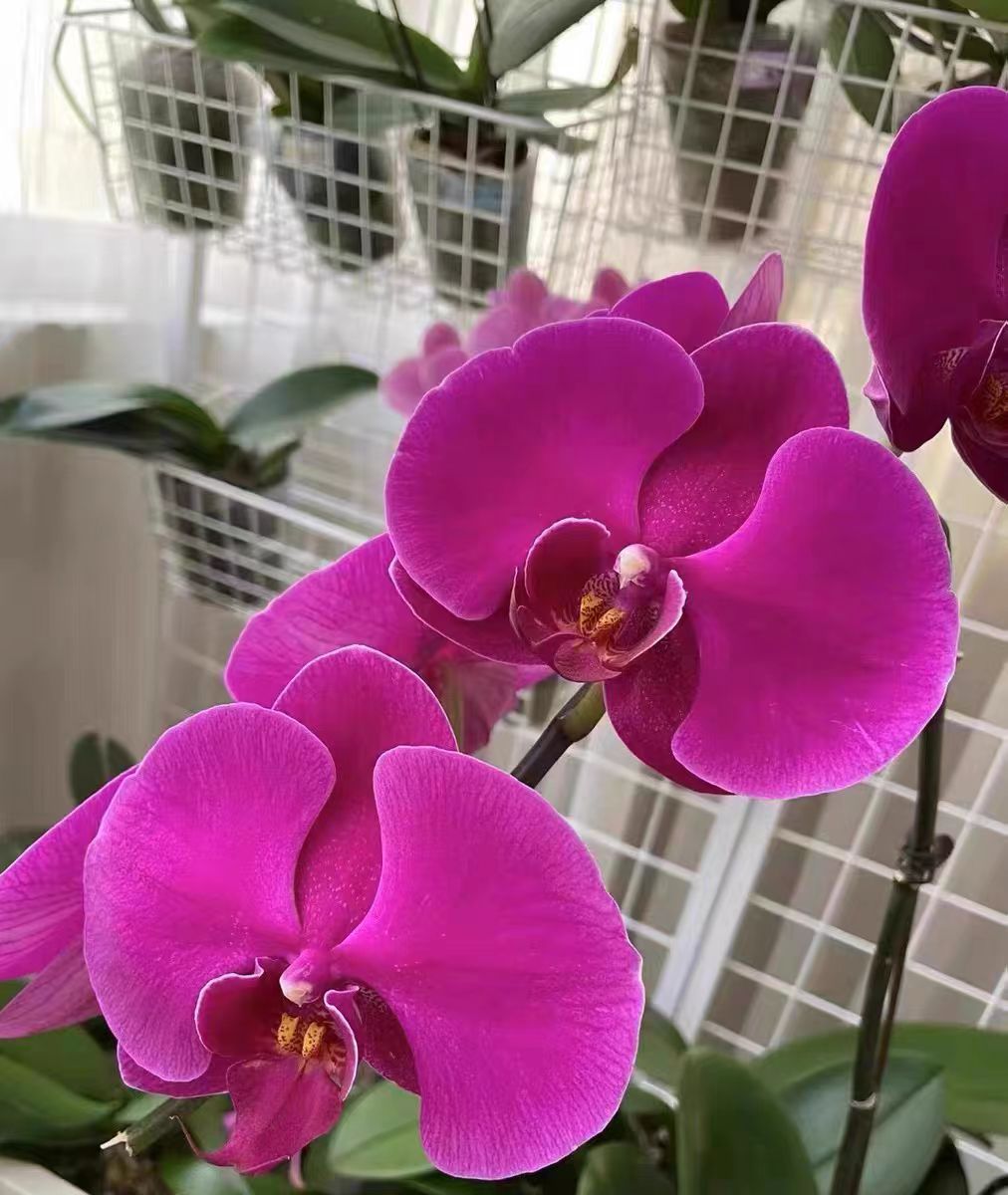Some flower enthusiasts ask: Can newly obtained Phalaenopsis seedlings be repotted immediately? And when should fertilization be done after repotting? For beginners, the maintenance of Phalaenopsis—especially repotting and fertilizing seedlings—requires special attention.
If your Phalaenopsis seedling is bought from a flower market or online, don’t rush to repot it as soon as it arrives! Why? It grew comfortably in a greenhouse and suddenly needs to adapt to the temperature and humidity of your home. Repotting at this time is like transferring a new student to another strange class right after they’ve just transferred—they’re highly likely to “maladjust.” It’s recommended to place the seedling in a bright, ventilated area for a week to acclimate to its new environment. If the seedling is propagated by division and has robust roots, you can repot it during division, but be careful not to damage the roots.
Next, when is repotting necessary? If the original substrate is moldy or compacted, or the pot is too small for the roots to breathe (with roots growing out of the pot), repotting is urgent! Choose a pot only one size larger than the original, preferably a transparent plastic pot to observe root conditions. Sphagnum moss is recommended as the substrate for its good water absorption and breathability—soak and wring it out before use. When repotting, gently shake off the old substrate, avoid pulling the roots, place the seedling in the pot, fill it with sphagnum moss, and press it lightly.
Fertilizing after repotting is also crucial! Many people think seedlings need immediate nutrition after repotting, but this is wrong. The roots of newly repotted seedlings are fragile, and fertilizing at this time is like feeding a postoperative patient rich food—it not only can’t be absorbed but also burns the roots. Generally, wait 1 to 2 months after repotting to fertilize. During this period, the seedling relies on the minimal nutrients in the sphagnum moss and its own reserves. Start fertilizing when new roots or leaves emerge.
Pay attention to fertilization frequency and concentration. Begin with a orchid-specific nutrient solution diluted over 1,000 times, applied once every half month. Gradually increase the frequency as the seedling strengthens. A tip: Fertilize in the evening and water the next morning to prevent fertilizer residue from harming roots.
In summary: Don’t rush to repot Phalaenopsis seedlings unless the substrate or pot is unsuitable; delay fertilization until new roots or leaves appear; and apply thin fertilizers frequently in a step-by-step manner.
Can Phalaenopsis seedlings be repotted?

Share with
Tagged in :




Leave a Reply